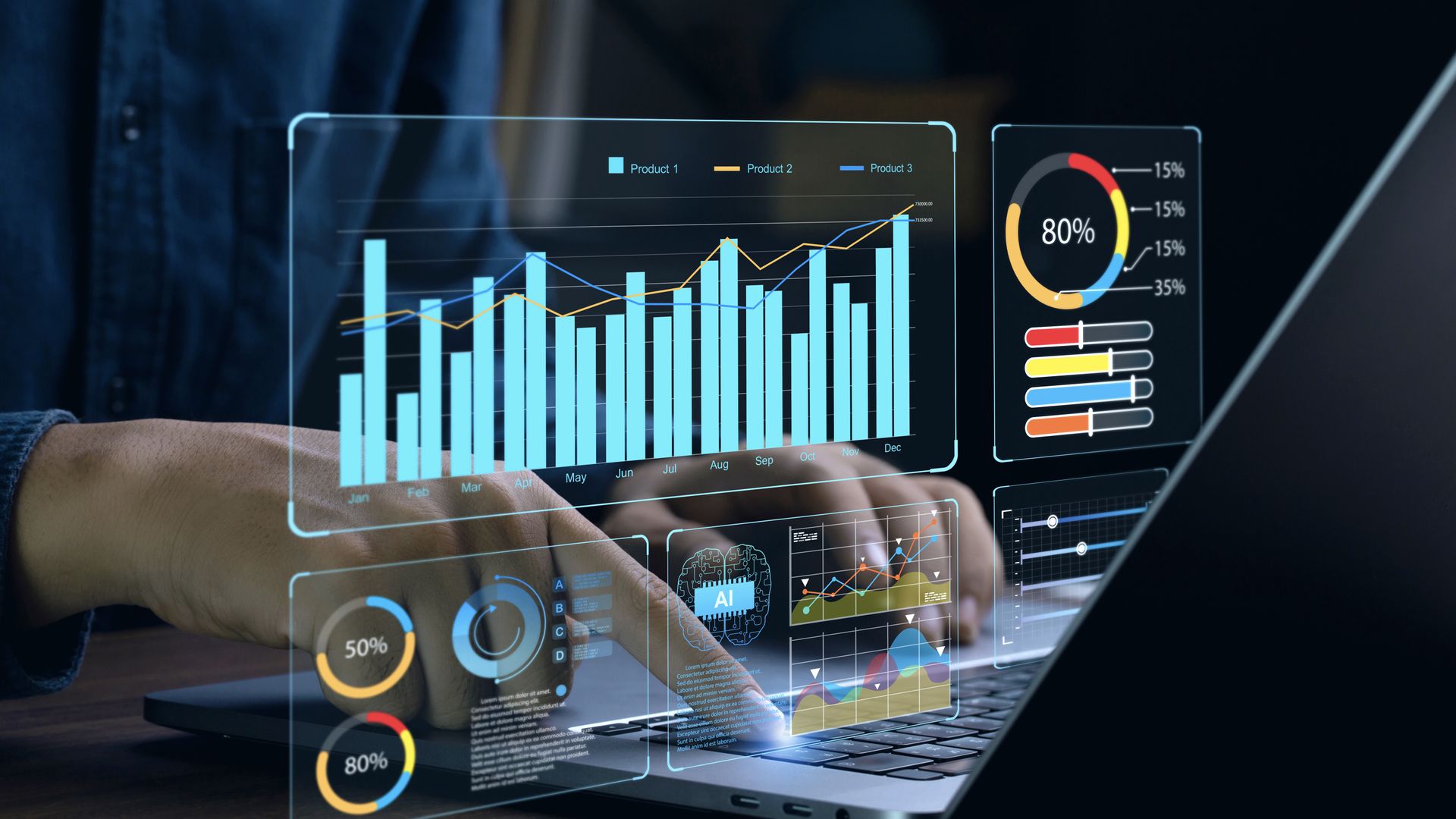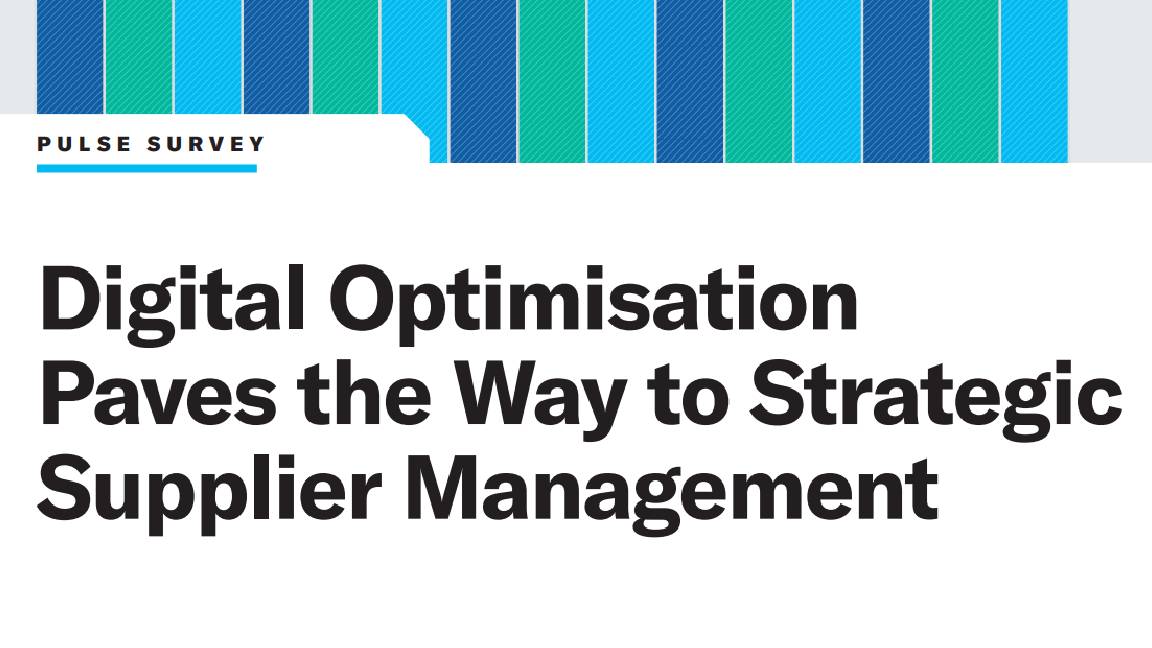Data is the new gold – now the channel needs to mine it
Partners see the intelligent use of data as vital to their future growth and transformation, but must overcome practical challenges


We’re living in the age of data. From live sales dashboards to cloud-based data platforms and API integrations – not to mention data from vendors, distributors, and other external sources – channel partners have never had access to so much information.
As well as presenting an opportunity, the data age poses a series of practical and operational challenges for partners – not least how to capture, unify, and make sense of all the numbers in order to generate actionable insights that improve business performance and ultimately drive revenue and profit.
Data deluge
Westcon-Comstor’s new Bridging the Gap report reveals that many partners are in the thick of these challenges, and wrestling with how to use the wealth of information they have at their fingertips to transform and grow.
Indeed, after surveying more than 500 decision makers at value-added resellers, managed service providers, and systems integrators across nine countries including the UK, we found that access to the right data is the biggest obstacle facing partners in their pursuit of recurring revenue models.
Handling multiple diverse data types emerged as partners’ biggest practical challenge in the application and utilization of data, with more than half of those surveyed (56%) highlighting this as an issue.
This is to be expected given that partners often deal with a deluge of data from multiple vendors, customers, and internal systems, increasing the chances of inconsistencies in format, structure, and quality. Integrating and analyzing such diverse data sets, while introducing automation, can be time consuming, technically complex, and require specialized skills and tools.
As Samuel Cordery, head of Sales Operations, Client Success, and Lifecycle at UK-based ITGL put it, “[o]ur biggest challenge with data is the volumes we receive, and second to that would be that it resides in so many different places and it often conflicts.”
Stay up to date with the latest Channel industry news and analysis with our twice-weekly newsletter
The data opportunity
Despite these challenges, there is widespread recognition among partners of the importance of data in their current and future business models – as well as a firm desire to unlock data’s full potential.

For example, many respondents acknowledged the need to bolster their internal capabilities to address gaps in how they manage and use data for lifecycle selling.
There is a strong desire among partners across all four continents where the research was conducted to become more sophisticated in their use of data in order to both maximize cross-sell and upsell opportunities and drive adoption of new products and solutions.
Investing for the future
Almost all partners (95%) marked data as a key investment focus for the next 12 months, with a perhaps surprisingly high 70% stating that they already have an in-house data and analytics function.

This willingness to invest in data capabilities demonstrates a recognition amongst partners that data analysis can help them accurately identify customer segments, predict buying behavior, and offer proactive customer support – leading in turn to improved customer satisfaction, retention, and sales.
Most tellingly, 97% see data as a central component in their journey to a subscription, software, and services-based future.
Bernardy Suhendra, head of Data and AI at Indonesia’s PT MII, summed up the sentiment perfectly when he told us, “[a]ccess to the right data, at the right time, for the right users is one of the most important aspects of organization in this digital era to handle business challenges. Without data, decision-makers can only make decisions or analyze their performance based on gut feel.”
JP Smith of Kenya-based Dimension Data added, “data is crucial for making calculated business decisions – only if you know how to use it.”
Less noise, more insights
The overarching story of our research is that partners see data as the new gold. In fact, more than one used that exact phrase. So, the question becomes, how can partners overcome the challenges they’re facing and succeed in mining this new gold?

A major piece of the puzzle lies in improved collaboration.
Many partners are looking to distributors to help them close gaps in data and help complete their journey to a subscription, software, and services-based future. In fact, 59% strongly agree that the future of distribution lies in the provision of meaningful customer and market insights.
In this context, it is vital that those across the channel ecosystem, including distributors and vendors, step up and provide partners with the actionable insights they need. Crucially, this must be done in a measured way that simplifies matters and helps partners to see the bigger picture, rather than simply adding to the noise.
RELATED WHITEPAPER

Nicole Oliveira from Altron Digital Business in South Africa said the channel can derive significant benefits by harnessing the power of data.
“Distribution can add big value through data. Not only just data on existing install bases and what was previously purchased, but also looking at white space analysis and new opportunities."
Striking gold
Despite challenges with data utilization, there is widespread acknowledgement of the strategic, pivotal role data plays in shaping the future of the channel.
Partners know that quality, actionable data will help them identify new opportunities, improve their forecasting, efficiency, and decision-making – all resulting in an increase in sales and revenue.
Now it is down to the channel as a whole to turn the data challenge into an opportunity, and strike gold in doing so.

Patrick Aronson is responsible for Westcon-Comstor’s business performance across south-east Asia, Greater China, Japan, Korea, Australia and New Zealand and also serves as the company’s chief marketing officer. Prior to joining Westcon-Comstor, Patrick spent a decade leading Motorola's mobile business in south-east Asia. He also spent five years as managing director at Brightstar where he developed its engagement strategy and mobility business.
-
 I couldn’t escape the iPhone 17 Pro this year – and it’s about time we redefined business phones
I couldn’t escape the iPhone 17 Pro this year – and it’s about time we redefined business phonesOpinion ITPro is back on smartphone reviews, as they grow more and more intertwined with our work-life balance
-
 The gig economy: Past, present, and future
The gig economy: Past, present, and futureFeature The rise of the gig economy represents a new era of flexible working despite being plagued with controversies
-
 How the UK public sector could benefit from strategic channel partnerships
How the UK public sector could benefit from strategic channel partnershipsIndustry Insights Is the channel the answer to the growing cost vs budget problem facing the public sector?
-
 Why MSSPs must train smarter
Why MSSPs must train smarterIndustry Insights Upskilling is key for MSSPs to move from reactive monitoring to measurable risk reduction
-
 Platform consolidation is the solution for MSPs’ growing pains
Platform consolidation is the solution for MSPs’ growing painsIndustry Insights As 2025 draws to a close, there's never been a better time for MSPs to rethink their tech structure
-
 Is diversity still a challenge in the channel?
Is diversity still a challenge in the channel?Industry Insights Despite progress, diversity remains a challenge in the tech channel, as women represent less than a quarter of the UK’s tech workforce and still face structural and cultural barriers
-
 How channel-supported smart decisions can pay off now and in the future
How channel-supported smart decisions can pay off now and in the futureIndustry Insights How can partners help retailers make smarter IT investments this Black Friday?
-
 Circular services: The next growth engine for channel partners
Circular services: The next growth engine for channel partnersIndustry Insights Why circular services are the next growth engine for channel partners
-
 The power of partner ecosystems in today’s tax landscape
The power of partner ecosystems in today’s tax landscapeIndustry Insights Technology transformations enable tax teams to embrace partnerships in a more collaborative manner
-
 When the vendor fails: Why B2B buyers need escrow as a priority for their software stack
When the vendor fails: Why B2B buyers need escrow as a priority for their software stackIndustry Insights Channel partners need stronger governance to navigate vendor collapse…